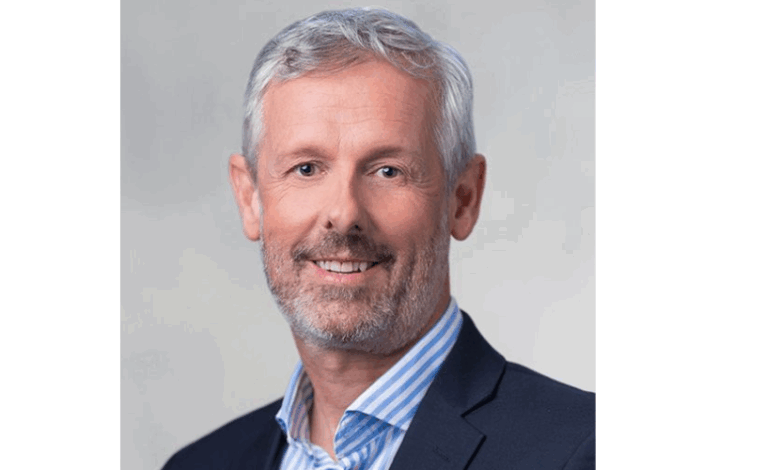
Artificial intelligence (AI) moves fast, but facilities and operations must be ready first. Most delays don’t come from the model; they come from power, cooling, space, supply, and change control. In the near term, demand is rising faster than supply, with global occupancy projected to exceed 95 percent by late 2026 before new builds catch up 1. That makes planning and execution just as important as the choice of algorithm.
To keep programmes on track, focus on the issues sponsors actually feel—dates, reliability, cost, user impact, and audit readiness—and address them in the order they tend to surface.
Capacity and dates drift apart
The roadmap is approved, but the site cannot deliver power or white space when it is needed. With utilisation climbing toward the mid-90s in many markets, booking capacity simply gets harder over the next 12–24 months 1. Operators also report that forecasting future capacity is a persistent worry, so even well-run teams can misjudge what’s required and when 2.
The practical move is to pick a single “first useful capacity” date and work backwards. A professional services partner builds one shared plan that ties that date to utility milestones, supplier lead times, site works, change freezes, and acceptance. When something slips—as it will—there’s a single view of dependencies, so the date and the capacity stay connected.
Even with a realistic capacity plan, the work still has to land cleanly. The next risk shows up during the change windows themselves.
Reliability dips during change windows
Adding or moving hardware shouldn’t cause an incident, but it still does. The latest global survey shows power issues are the leading cause of impactful outages and that about one in ten outages is rated serious or severe 2. Those are exactly the events that can turn a routine change into a board-level problem.
Good practice keeps changes controlled and reversible. Before a single breaker is touched, the method of procedure/standard operating procedure (MOP/SOP) is written and approved; pre-checks confirm loads, breaker coordination, and dual-feed paths; someone is assigned to stop work if any value is out of range; and success is proven with post-change validation before hand-off. A services team brings that discipline and documentation to every install/move/add/change (IMAC) task, so risk is contained and learning is captured for the next change.
Stable change control doesn’t just protect uptime; it also protects the budget. The next challenge is where programmes often feel it first—spend that drifts while savings never materialise.
Spend drifts and savings don’t show up
When schedules slip, costs rise. Rework, extra windows, and energy performance that doesn’t improve all add up. Industry data shows average power usage effectiveness (PUE) has barely moved in recent years 2, which means there aren’t many “easy” efficiency wins left. If upgrades are attempted in large, all-or-nothing chunks, the odds of missing both cost and time targets go up.
A better pattern is small, testable steps. Plan short phases with clear entry and exit criteria, measure the impact, and keep total cost of ownership (TCO) in view from the start rather than reporting it after go-live. Professional services teams are useful here because they connect engineering choices to simple business questions: how many days, how much risk, how much money.
Phased work makes finances more predictable, but many programmes still need to move or expand. That’s when user experience is at risk.
Moves and expansions create noise for users
Consolidation, a burst into co-location, or a new site for growth can all make sense—until users feel a slowdown. The industry remains hybrid: many workloads continue to run in enterprise facilities alongside colocation and cloud 2. If a move is made without complete inventories, clear interconnect plans, and strong sign-off, even a short relocation can cause long follow-up work.
Treat the move like a product release, not a box-shift. A services partner coordinates labelling, chain-of-custody, connectivity tests, and “soak” testing at the new site. Location choices matter as well: training often does not need low latency and can be placed in power-abundant regions, while inference usually benefits from proximity and resilient network paths 3. Making those calls early avoids both surprise costs and surprise delays.
Every move also creates retired equipment. That’s not just a storage problem—it’s a security and compliance problem if the exit isn’t documented.
End-of-life assets leave audit gaps
Old IT hardware equipment tends to linger. If data media is not properly wiped or destroyed, or if records are incomplete, it becomes a security and compliance issue fast. The guidance is clear: NIST SP 800-88 and IEEE 2883 call for standards-based data sanitisation with verification, recorded in a certificate that captures who, what, where, when, and how 4.
The way to avoid potential security and compliance issues is to make IT Asset Disposition (ITAD) part of the plan, not a ‘tick-box’ task. Each hardware retirement is tied to a verifiable certificate; resale, reuse, or recycling is documented; and the provider’s environmental and security practices are visible. Many buyers look for recognised programmes such as R2 (administered by SERI) or e-Stewards (Basel Action Network) as signals of process discipline across environment, data handling, and worker safety.
With the big risks addressed, sponsors should keep a short dashboard to catch drift early—before a date slips.
What leaders should watch each week
Keep KPIs brief and outcome-focused: time-to-capacity (days to first useful capacity), change-failure rate (the share of changes that need rollback), unplanned outages by root cause—watch power, in particular 2—budget variance, and the share of retired hardware assets with standards-aligned certificates 4.
Why now?
Demand for data centre power and space is rising quickly, with global power demand potentially up 50% by 2027 and up to 165% by 2030 versus 2023 1. In that environment, schedule slips and weak controls cost more. An IT professional services partner aligns the physical plan with the AI roadmap to ensure projects run on time and on budget, and leaves an audit trail that stands up later.





